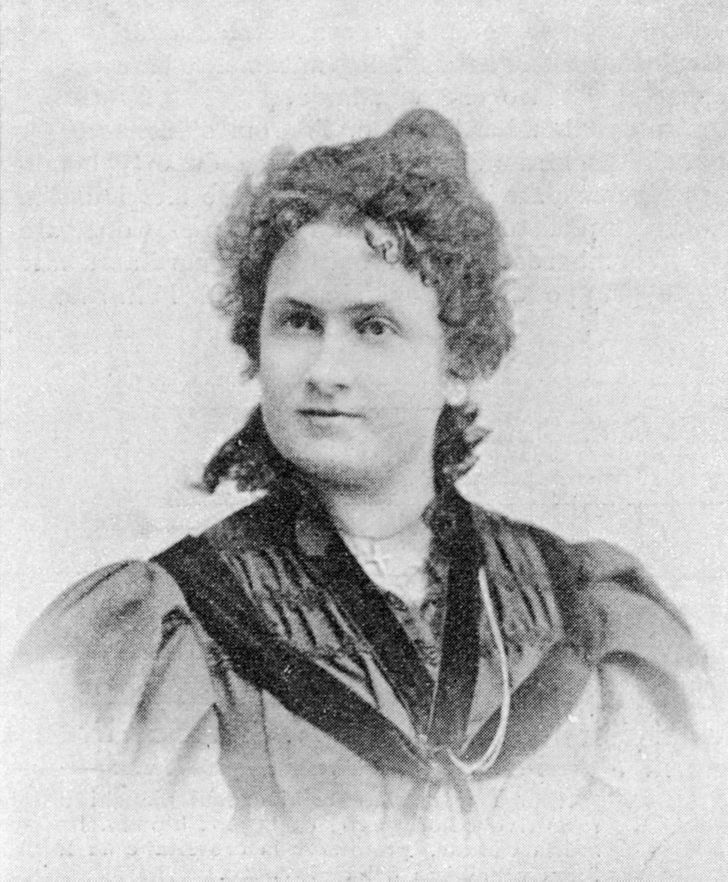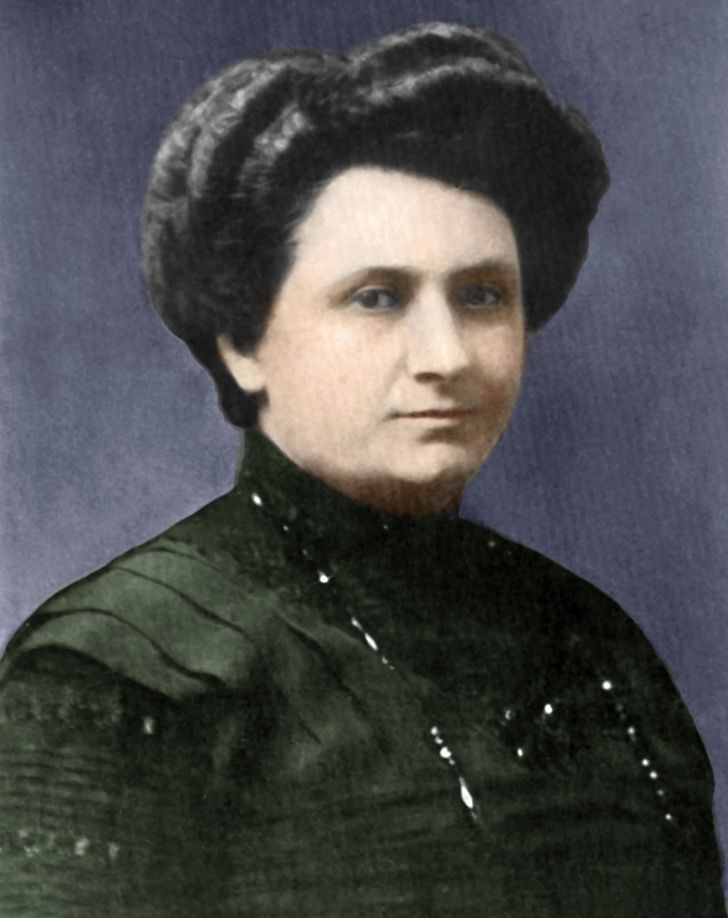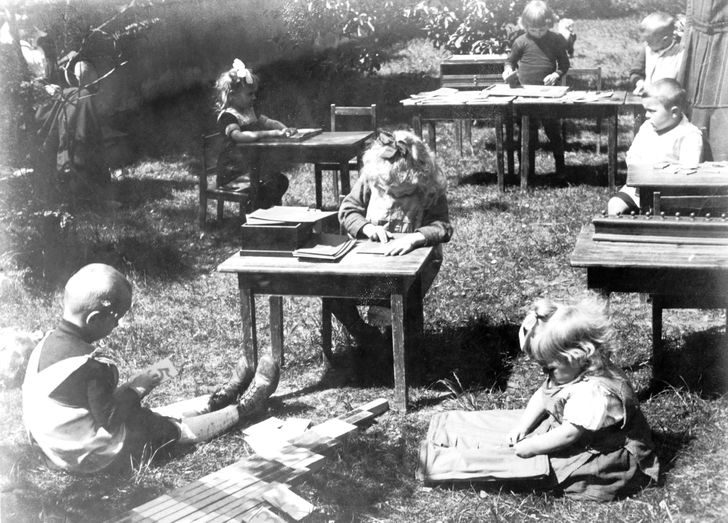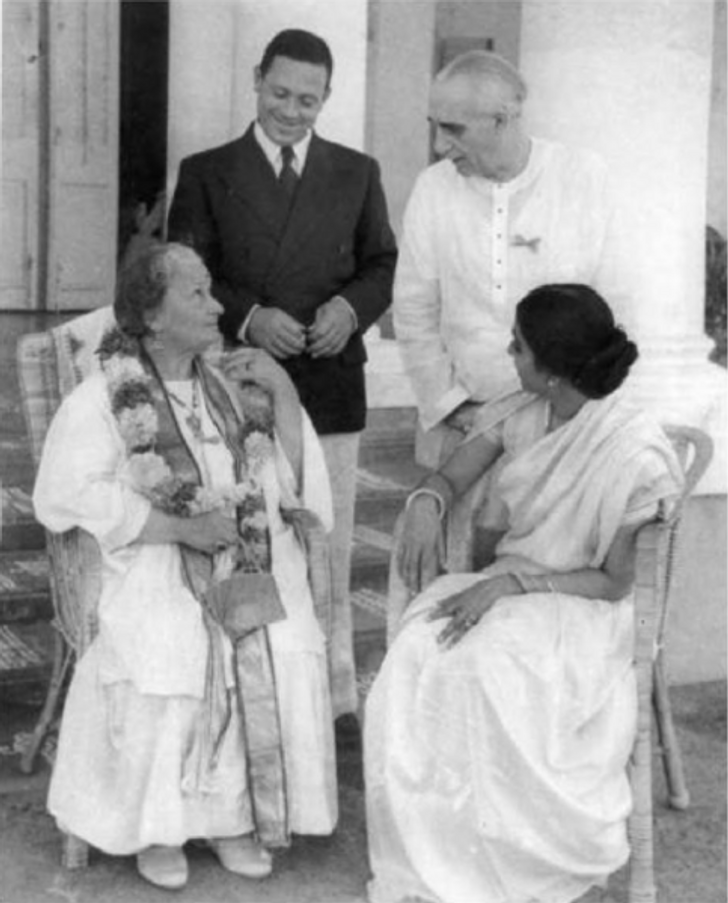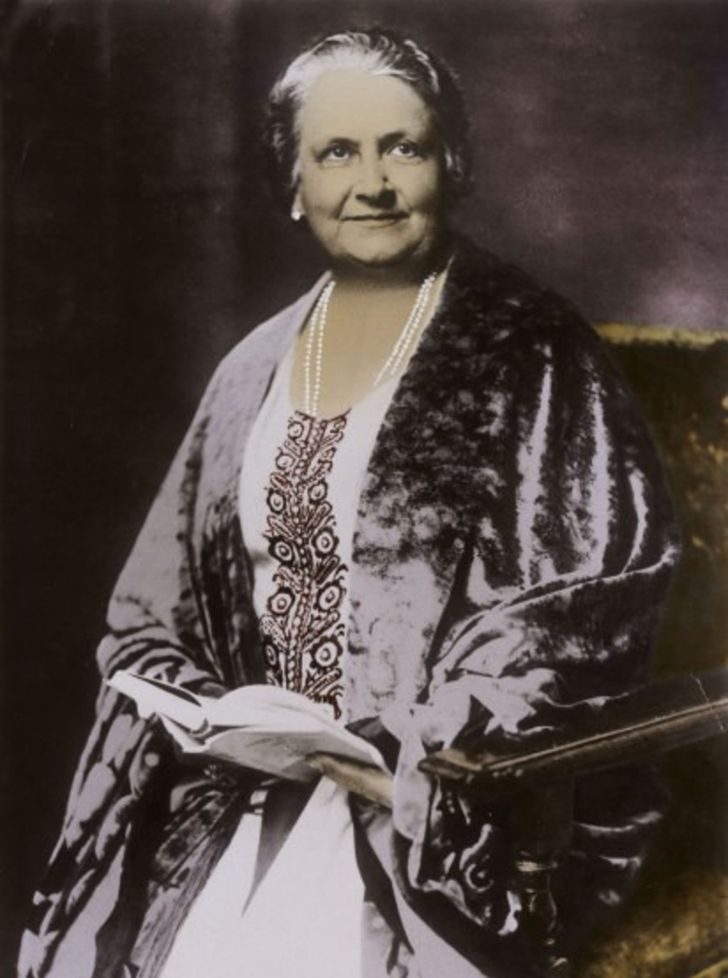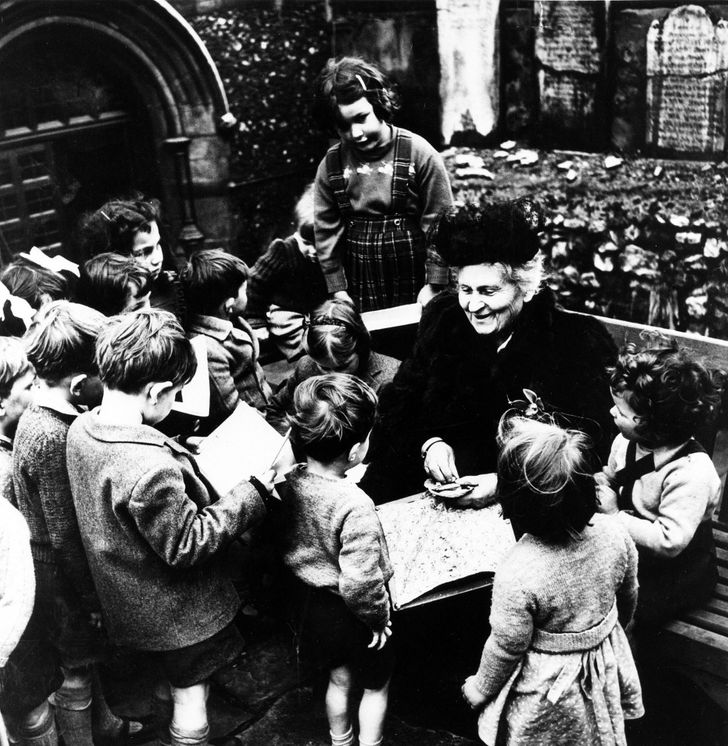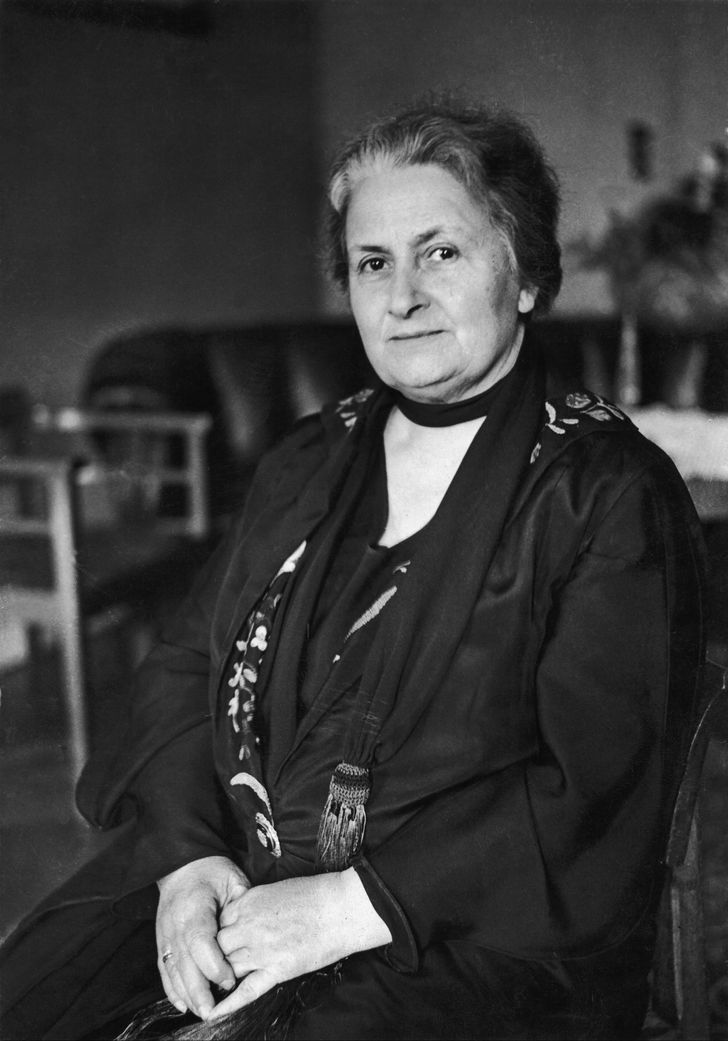I used to go to a Montessori school
The Story of Maria Montessori, an Ingenious Teacher Who Gave Up Her Own Son to Continue Her Career
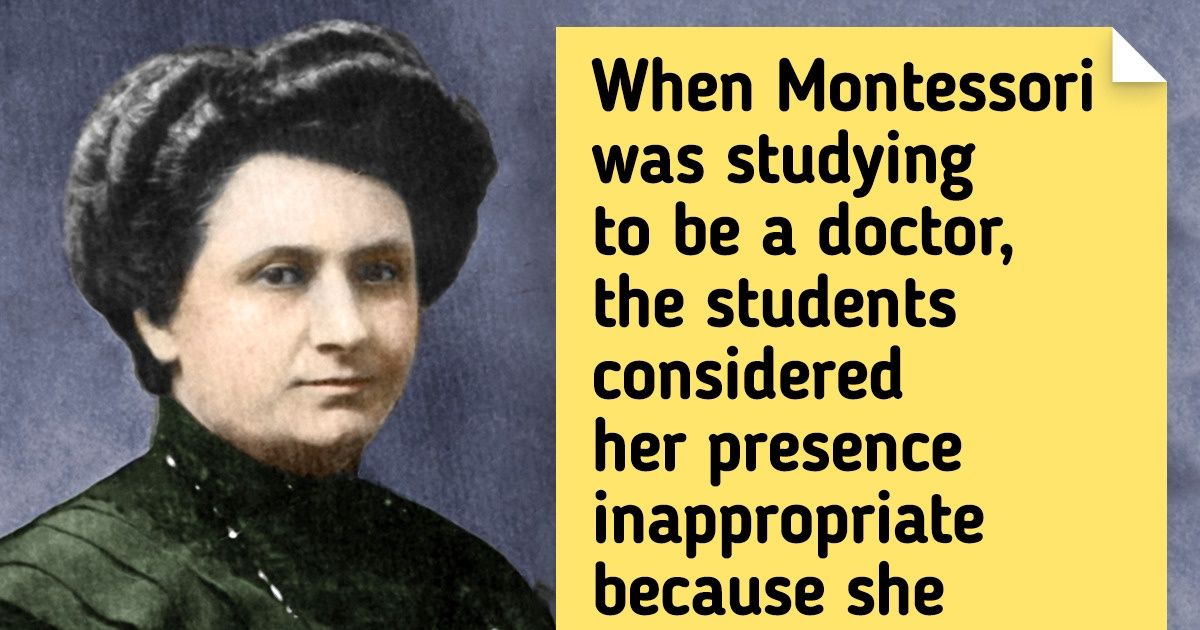
There are many debates about Maria Montessori’s personality that are still whirling around, even today. Some people are delighted with the pedagogical system she created while others don’t understand how it’s possible to trust the studies of the woman who gave up her own son to strangers.
We at Bright Side became interested in the destiny of this unusual woman so we learned the details of her life, which was a constant fight between conventions and stereotypes.
The Italian woman who became a doctor despite being bullied by those around her
Maria, an Italian girl and the daughter of an official, was growing up to be a talented kid. She was fond of exact science and dreamt of becoming a doctor or an engineer. However, her father didn’t think that his daughter would become a doctor. Moreover, the fact that a woman wanted to become a doctor seemed unlikely in Italian society during the late nineteenth century.
Maria was adamant and successfully passed difficult exams and even got accepted to medical school. When Montessori was studying to become a doctor, her fellow students considered her presence inappropriate because she was a woman. Her groupmates and teachers openly displayed hostility toward her. When they were conducting practical lessons on autopsy, all of the bodies were male and naked. How was it possible for a woman to be present in these classes?
But despite the harsh psychological atmosphere, her success in her studies was noticeable and she got an opportunity to do hospital work in the fields she was interested in. In the last 2 years of her university life, Maria was studying pediatrics and psychiatry and worked in emergency services as well as in the pediatric consulting room. She became an expert in kids’ medicine and was one of the first women in Italy to receive the title of Doctor of Medicine.
She started to save kids who were believed to be hopeless.
Working with children as a pediatrician and visiting asylums during her work, Maria noticed that some forms of mental disabilities, which at that time were considered hopeless, could actually be dealt with. This purposeful woman decided that it was possible to work with these kids and help them develop.
Step-by-step, she started to create her own system. When giving speeches, she would say that the issue of mentally disabled kids was more related to pedagogy than it was to medicine and that she wanted to work with children as a mentor, not a doctor.
Her work gained notoriety and the National League opened an Orthophrenic School — a special institute for training teachers who would be educating mentally-ill kids. Maria was appointed to deputy director.
Maria would create her methods and materials and instantly apply them to kids of a model classroom in the same institute. This class consisted of children who were considered “uneducable” due to the specifics of their psyche, and mental disabilities weren’t always the reason for that. The first of her successes was noted by teachers when some kids easily passed the exams that were made for so-called “normal children.”
Kindergarten class working according to Maria Montessori's system, Germany, 1925
The secrets of her personal life and parting with her son
This chapter of Maria’s life looks quite sad compared to all the success she achieved during her career. While working as a doctor, Maria started an affair with her colleague, Giuseppe Montesano, which resulted in her giving birth to an extramarital son. She never married Giuseppe and wanted to keep their relationship and their kid a secret. She left her son in the care of a wet nurse — not because she didn’t love him, but because he was born out of wedlock, which meant her social status would change to that of a single mother. This status would not allow her to build the career she was striving for. It was a “shameful time” in the life of a decent woman. Once her son grew up, Maria finally reunited with him.
Mario forgave his mother. Moreover, he supported all of her ideas and worked as her assistant. Later he continued her work and avidly stood up for the principles of Maria’s methods for the rest of his life.
Maria Montessori and Mario Montessori with their friends in India
How her way to world fame started.
Maria continued her education, stood up for women’s and children’s rights, and worked on developing her own methods. She realized that these principles could be applied to the upbringing of healthy kids as well, but she couldn’t do it until the moment she was offered to work with kids in poor areas. This proposal initiated the start of “Children’s Houses” that worked as part of a special system and gradually started to appear all over Italy.
As her authority grew, she started to go abroad, and eventually, the once quiet student from medical school started to be recognized by the political leaders of different countries. And, her schools were opening all around the world.
So what are the main principles of the system that people from around the world like so much? They are actually quite simple: a child should have a choice of what they want to do. They need to learn independence and responsibility. But they should search for the answers to their questions inside themselves and learn to feel their needs and inclinations. An adult can help them but should in no way direct or press them.
There were hard times too. During WWII, Maria was in British India together with her son. However, they got in trouble with the British as Italian citizens, causing Mario to be interned for 2 months while Maria was confined to the Theosophical Society compound. There, she found a new wave of inspiration for developing her system.
When she returned to Europe after the war, she decided to settle in the Netherlands for the rest of her life. But that doesn’t mean she stopped: in her last 6 years, she opened schools in Europe and Asia, gave plenty of lectures and courses, helped with the development of UNESCO, and received many prizes and awards. She was even a Nobel Peace Prize nominee in 1949, 1950, and 1951.
Montessori has many followers and people who are interested in her system today, and the ambiguity of her personality only ignites a bigger interest.
We were impressed by the story of this strong woman. What do you think about her accomplishments?
Comments
Related Reads
15 Moments That Prove Quiet Kindness Still Holds the World Together
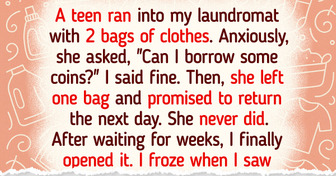
I Refuse to Give My Son His Father’s Inheritance—He Needs to Be on His Own Now
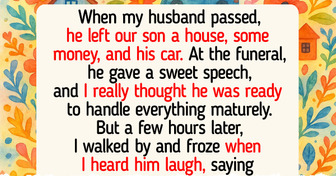
13 Moments That Show Fatherhood Is the Hardest Job With the Biggest Rewards

10 Honest Stories That Capture the Struggles and Pain of Blended Families

I Refused to Help My Sister Save Her Dying Kid, My Money Isn’t a Family Tradition
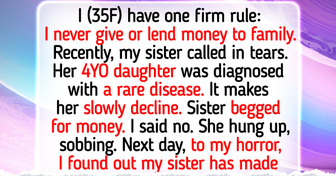
22 People Who Found a Hidden Treasure Where They Least Expected It

I Refuse to Keep Supporting My Daughter and Her 5 Kids for Free

10 People Who Show Us the True Power of Kindness

I Refused to Take My Stepdaughter on Our Family Trip

15+ Heartfelt Times When Women Proved There’s a Rainbow After Every Storm

13 Stories That Show the Softest People Have the Strongest Hearts

My Boss Refused to Give Me a Day Off—He Wasn’t Ready for My Payback

